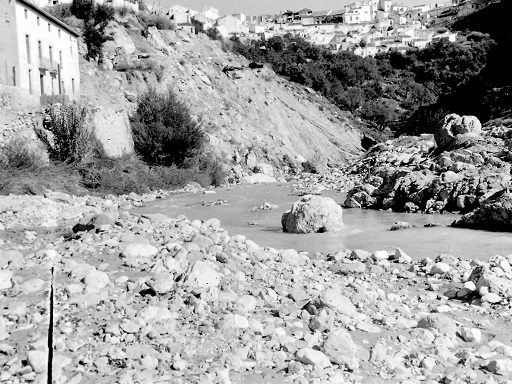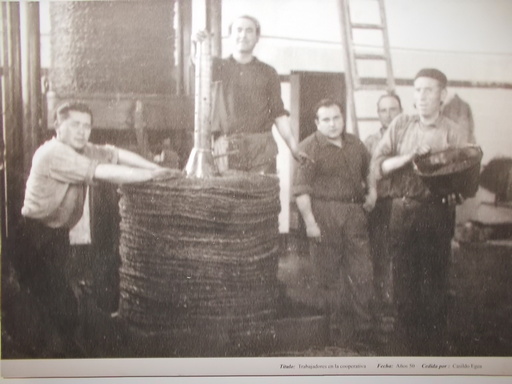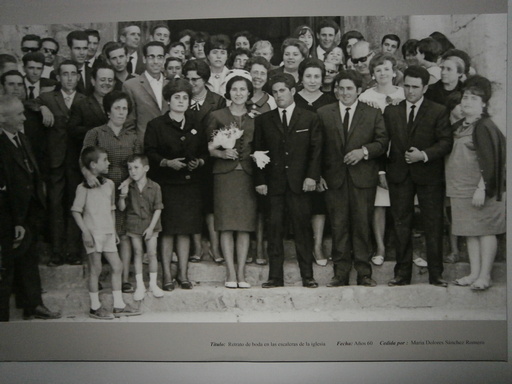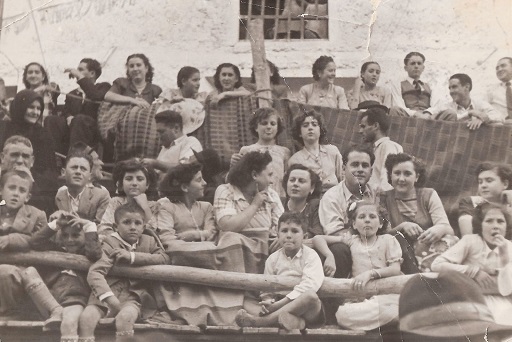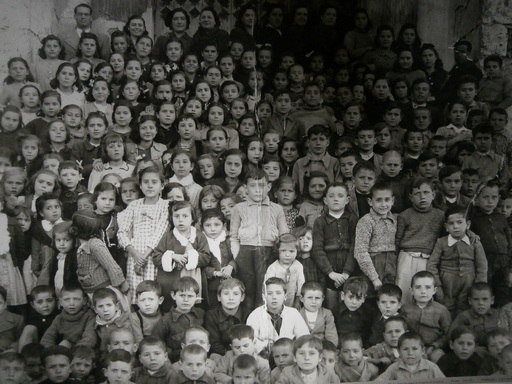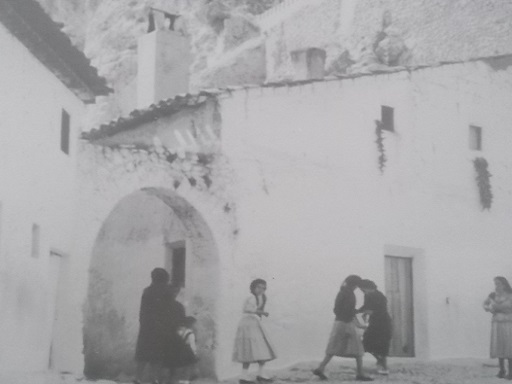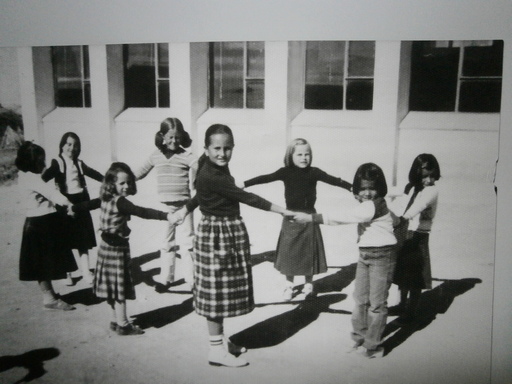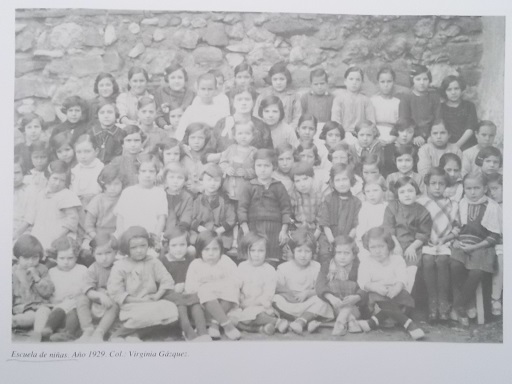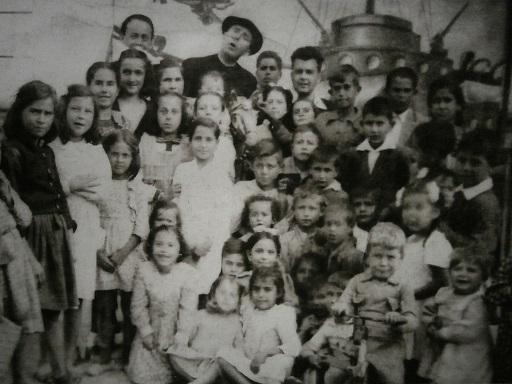BEAUTIFUL CASTRIL
CASTRIL - ACTIVITIES FOR EVERYONE | 
|
CASTRIL DE LA PEÑA - HISTORYCastril is rich with neolithic and bronze age artifacts and it was during the Punic period that many artifacts were laid down. There is evidence of the Roman occupation in the road systems in the area with the straight and raised roads leading over the Altiplano and down towards the coast. It seems that the Romans were the first to use the 'Peña' as a fortification which later resulted in the evolution of a village skirting the military camp. It is thought that the name 'Castril' derives from the latin "castrum" meaning 'camp'. During the Moorish period (the Almohad Caliphate of the 12th century), Castril was converted to a fortified town called 'Hisn de Qastal' or 'Qastalla'. The town was restricted at this time to some houses and the fort on the Peña. Al-Zuhri, the Granadan geographer, described it as 'a fort in whose patio there is a huge flat stone area from which gushed sufficient water to work eight millwheels'. It was truly an "eagle's nest". In around 1232, the moorish king, Alhamar, ordered the construction of look-out towers in the area (these can still be seen today in Huéscar, Benamaurél &tc.) so as to prevent the onward march of the Catholic Kings. Between 1319 and 1489, Moors and Christians swapped control of Castril many times, both sides suffering terrible casualties, until eventually it rested in the hands of the catholics. Up until 1489, Castril was purely a military outpost, a fort on a mountainous outcrop, on a route from Granada to Murcia, in the most dangerous part of the Province of Granada. Under these conditions, it was impossible to farm livestock except for the few that supplied food to the military post. On the 16th February 1490 the Zafra family acquired the feudal estate of Castril and were given royal permission to repopulate the area, thus creating the town of Castril. This was donated to them as recompense for the huge amount of assistance that Don Hernando de Zafra gave during the war against the moors. Don Hernando de Zafra became known as the 'Señor de Castril', and the bar/restaurant at the entrance to the town still bears his name. One of the most famous battles occurred on 28th July, 1438. The Battle of Los Tubos was a disaster for the Catholic Kings' army. The 400 cavalry and 1,000 foot soldiers had hidden in the woods in an area to the north of Castril called Los Tubos. Unfortunately for them, a spy had previously informed the Moors of Castril about the planned attack and so the Moors were awaiting the army with 2,000 cavalry and 12,000 foot soldiers. The Catholics were crushed, as well as losing their captain-general of Cazorla, Rodrigo de Perea. Although gaining a huge victory, the Moors lost their famous leader Aben Cerraje. At the end of 1489, the Christians definitively took Castril as part of the assault on the area, including the triumphant assault on Baza. At this time, with the sale of church properties, the feudal estate of Castril was divided into five areas, four of which were wooded. A long period of land use ensued with the transport of firewood down to the town for use in the glass industry. From 1837, with the planting of pines, cereals, Spanish oaks &tc. as well as the development of travel on the river, there was a large expansion of the farming sector in the Castril valley, with the building of cortijos (smallholdings) as well as water mills. After the 1492 reconquest by the Catholic Kings and up until the end of the fifteenth century, the town was an example of the co-habitation of christians, moors and jews. During the sixteenth century, the church was built in the renaissance style (although there were some additions in the nineteenth century). Sacking of Castril 1810 - The 'War of Independence' 1808 - 1814Portugal had an agreement with France's enemy, Great Britain which Napoleon Bonaparte despised, so he decided to invade Spain to isolate Portugal. He wanted to prevent the British from being able to trade anywhere on the Iberian Peninsula. For 2 years and 9 months, 50,000 French troops lived in Andalusia robbing and sacking defenceless villages which became a dark period in its history. When his troops arrived in Castril, the inhabitants decided to fight with all their strength and courage. The French army had great difficulty overcoming the town due to the ferocity of the Castrileños and the narrowness of the streets, making it dangerous for any invading soldiers. It was like fighting in a maze. The fighting lasted for four months without help from outside Spanish forces due to the remoteness of the town.
The sacking of the town left the remaining inhabitants unable to work the land (which was largely given to vinyards) as a result of the paucity of able men. As a result of the destruction of municipal records, and the resultant poverty from the loss of so many men, on 24th October 1812 the town had to beg the authorities relief from taxes. The War of the CarlistasThe War of the Carlistas (1833 - 1840) was a civil war fought between loyalists of Carlos María Isidro de Borbón (King Carlos V) and the supporters of Isabel II and the regent María Cristina de Borbón. It is commonly known as the 'First Spanish Civil War' and resulted in some 140,000 dead. The battle of Llano de los Tubos on 28th February 1838.This area was of huge importance from the forestry point of view but most of the trees were cut down by the middle of the nineteenth century. This meant that The Carlists couldn't hide in the woods and were summarily slaughtered by the troops of General Pardiñas who were awaiting them. As previously stated, by the late nineteenth century, Castril had become wealthy as a result of its glassware industry, something that is being resumed in a workshop today. Due to the excellent preservation of the town centre, Castril was declared a site of historical and artistic importance in 1982, and has become a tourist attraction for mainly Spanish hikers and wildlife enthusiasts. See the translation of 'Castril de la Peña' by Andrés Gea Arias. |



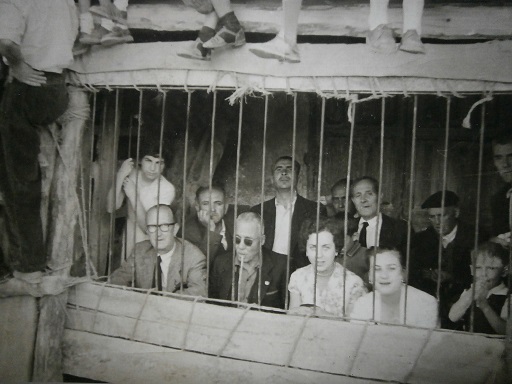
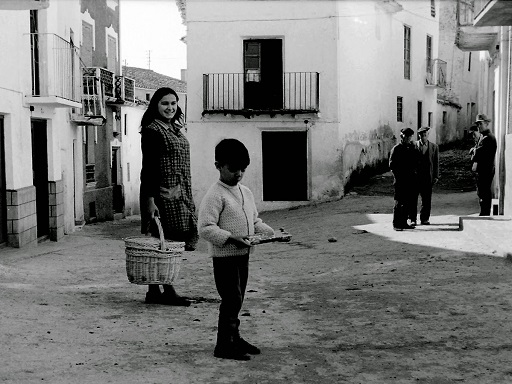
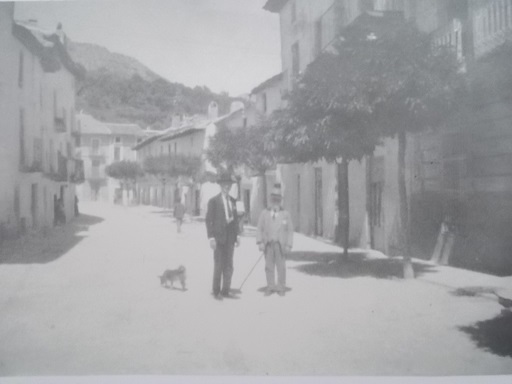


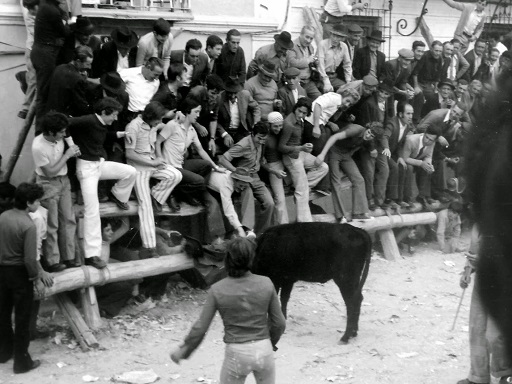
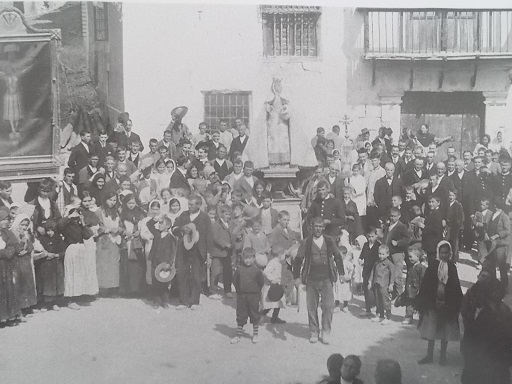

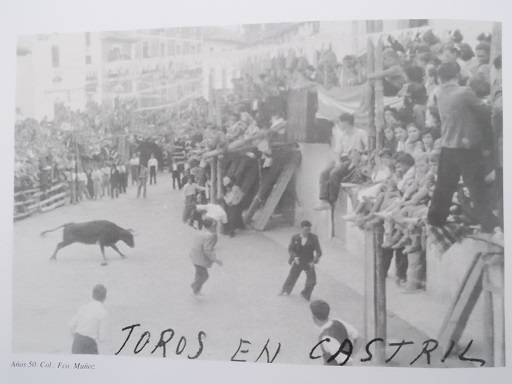
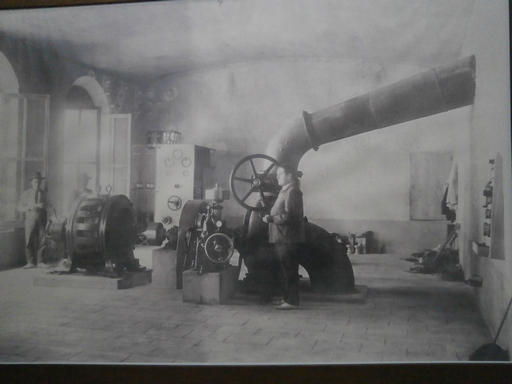
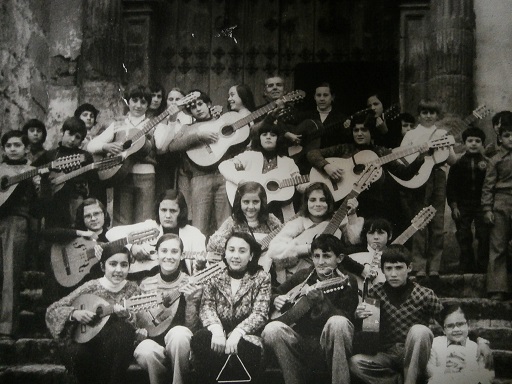


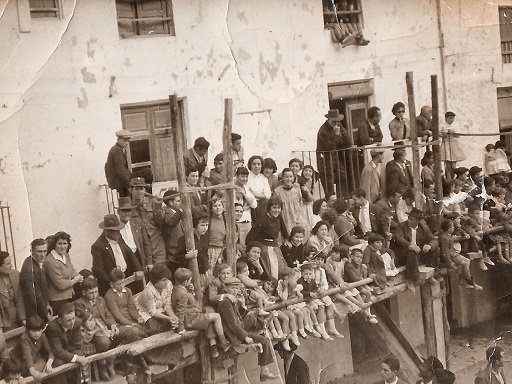

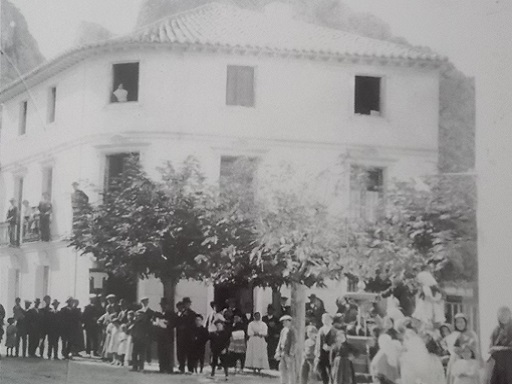



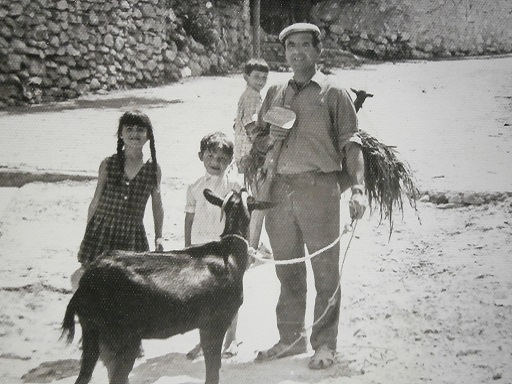
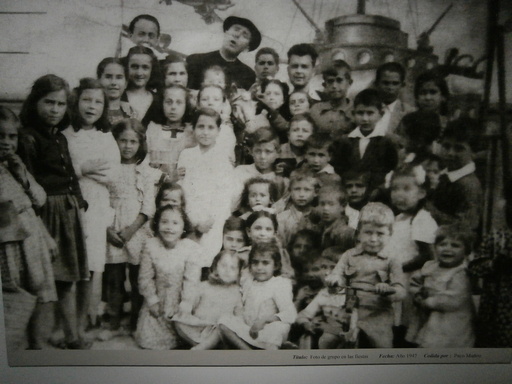
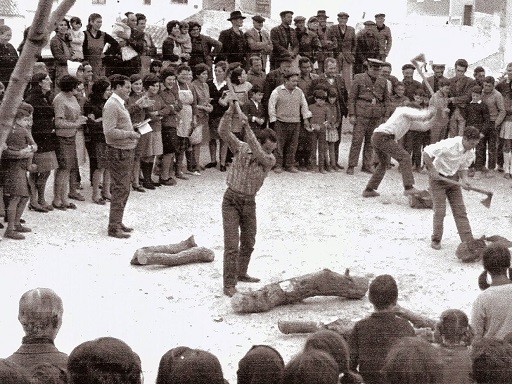
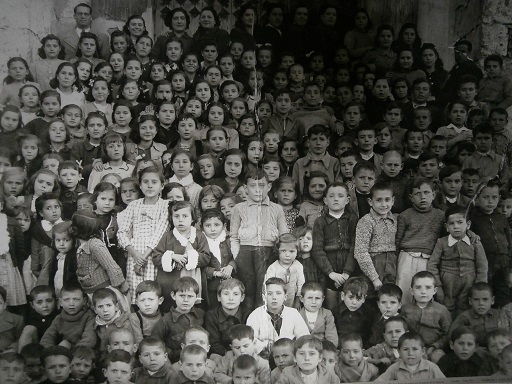
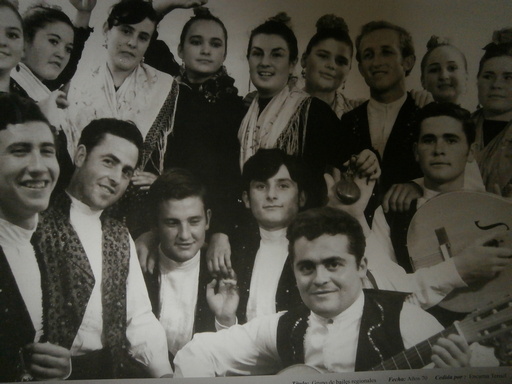
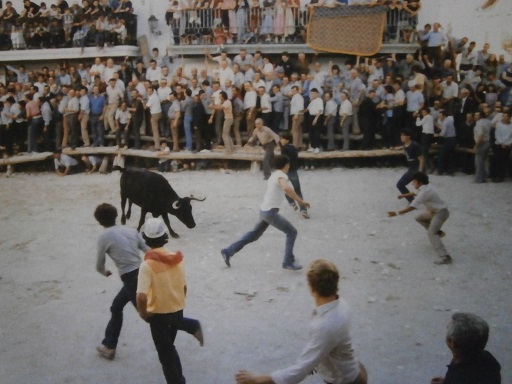
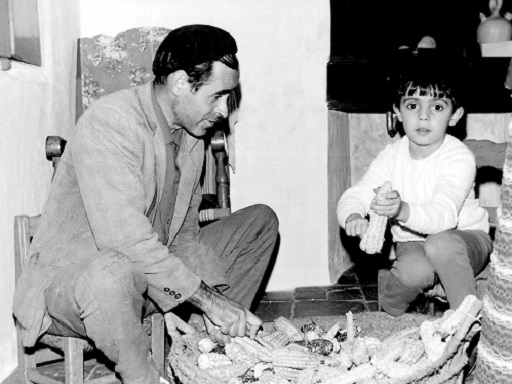


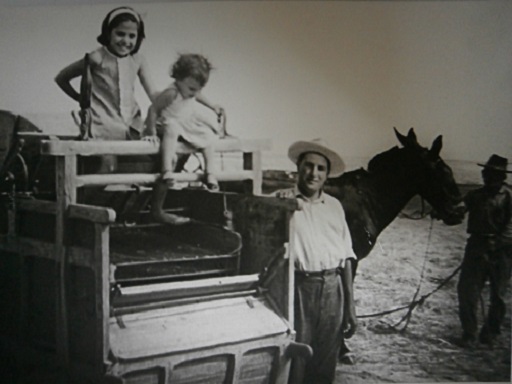
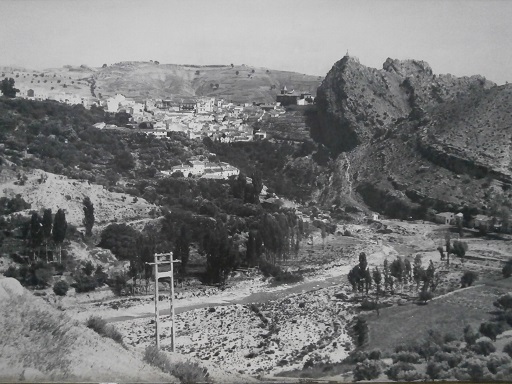
.jpg)
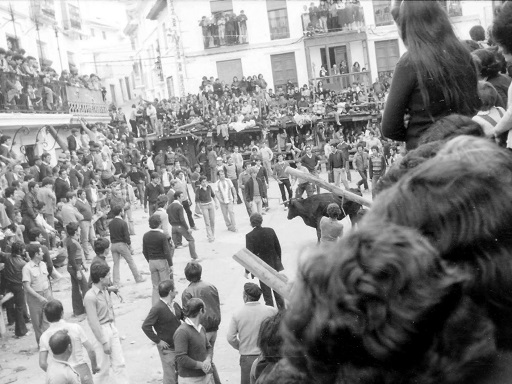
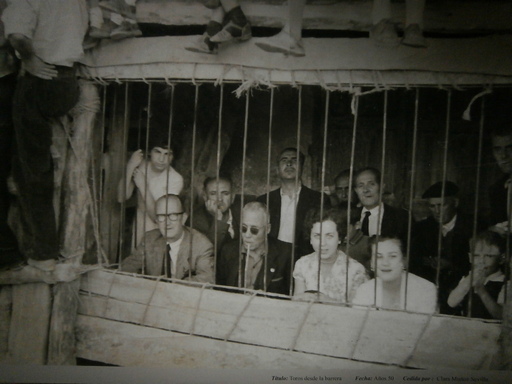

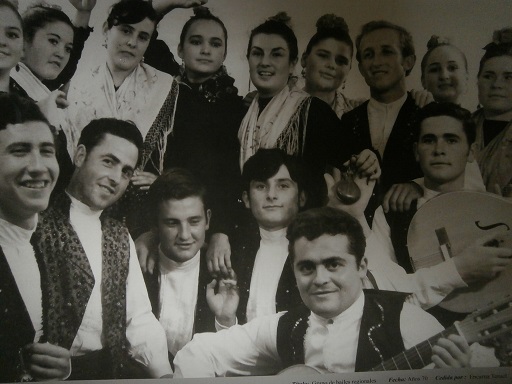


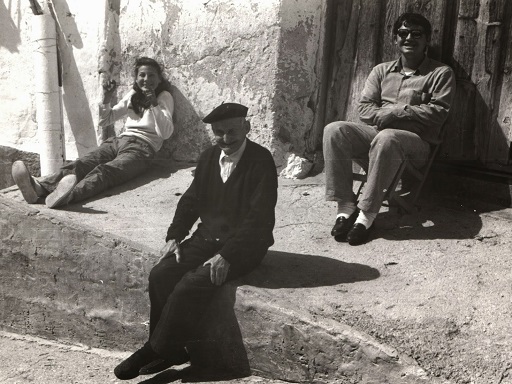
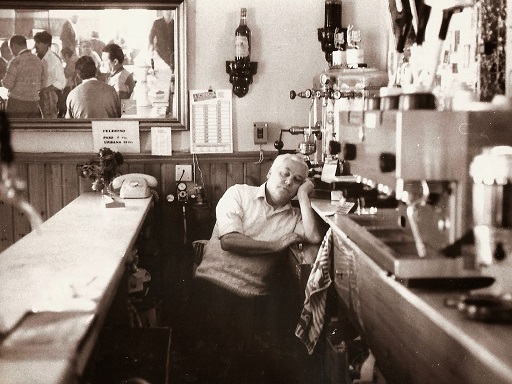

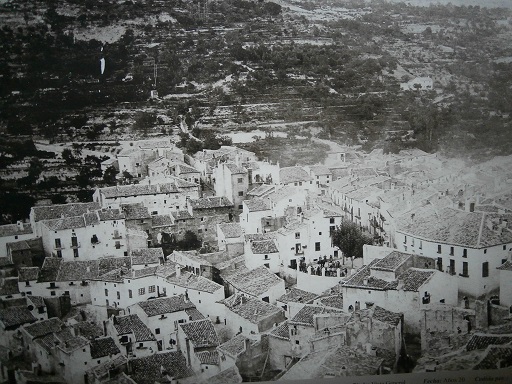

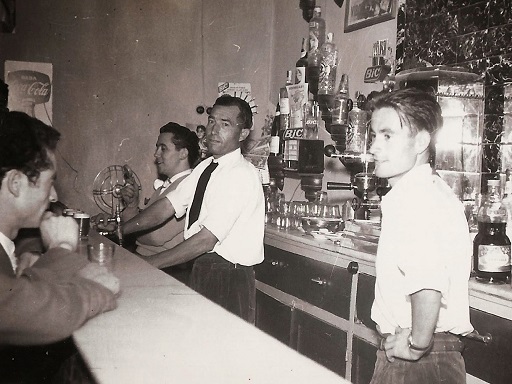
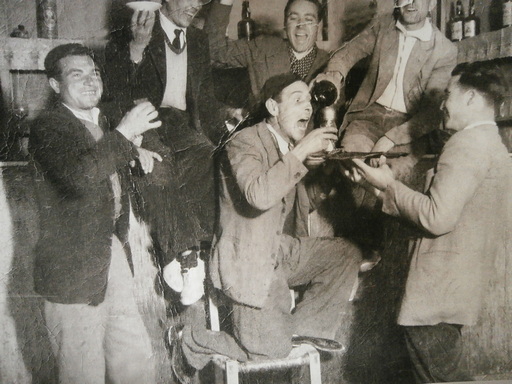

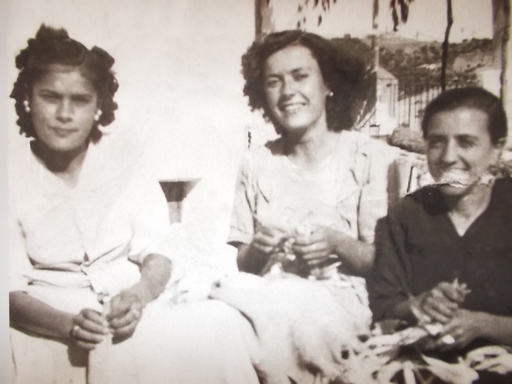

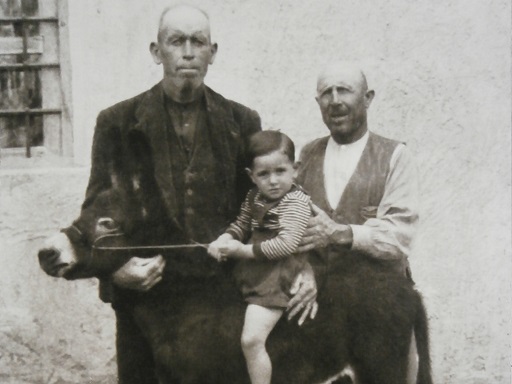
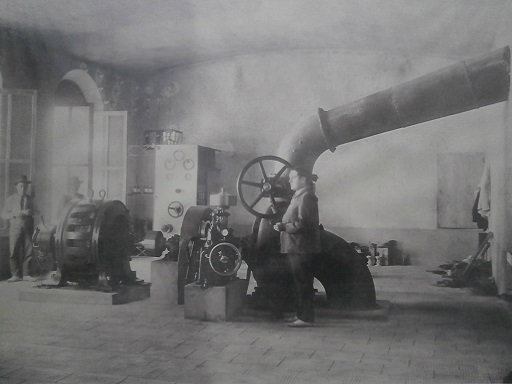
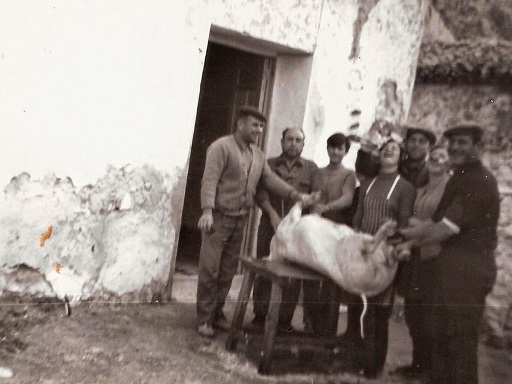
.jpg)
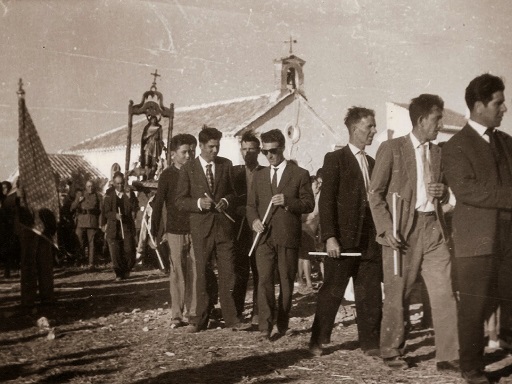
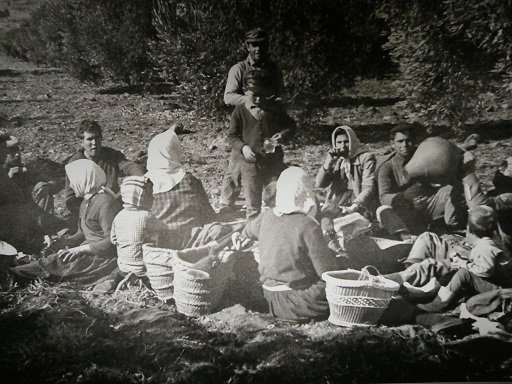

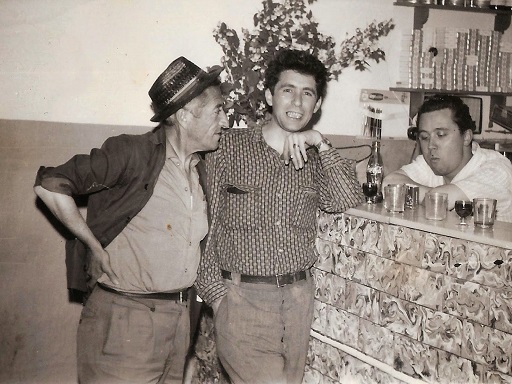

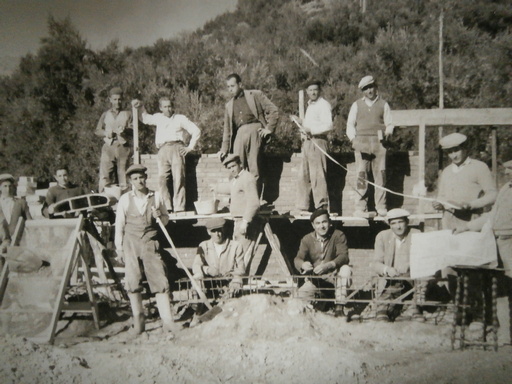


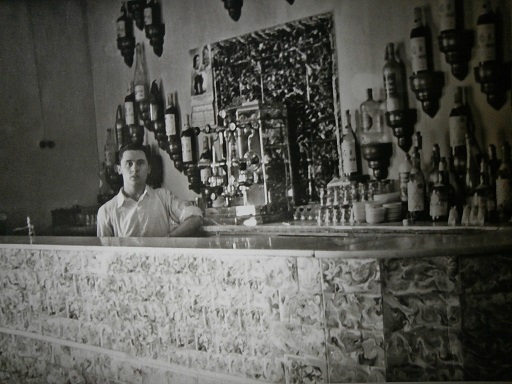

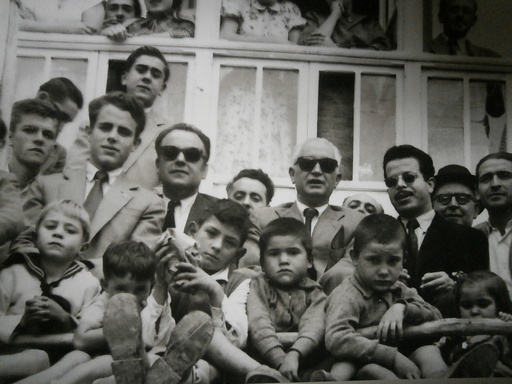
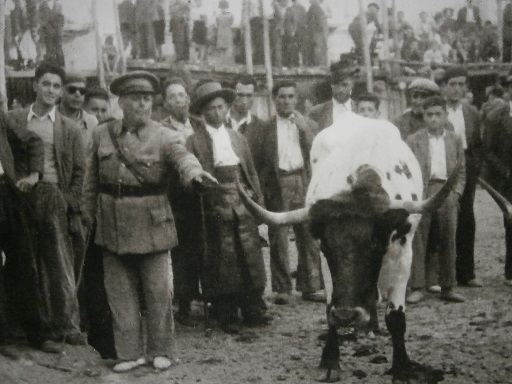

.jpg)
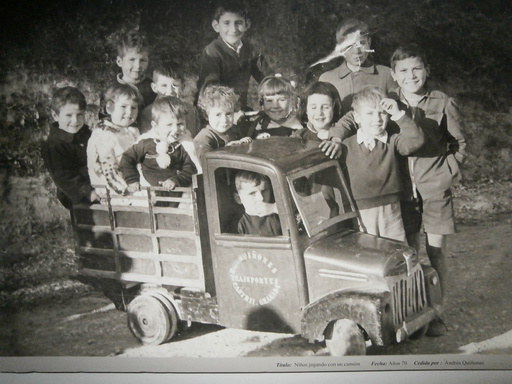
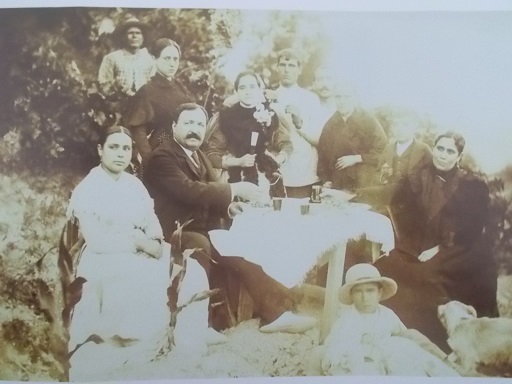
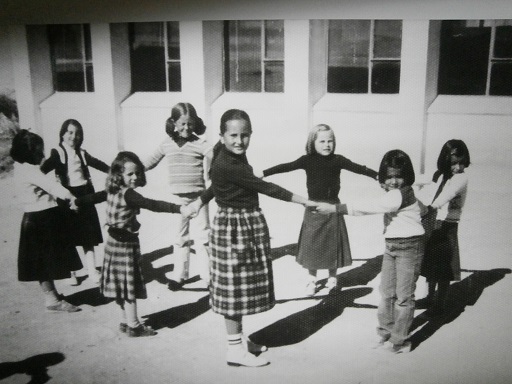

.jpg)
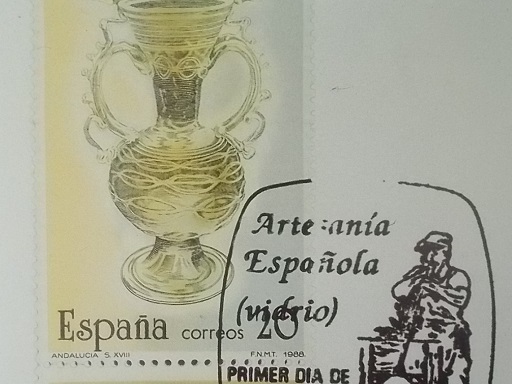
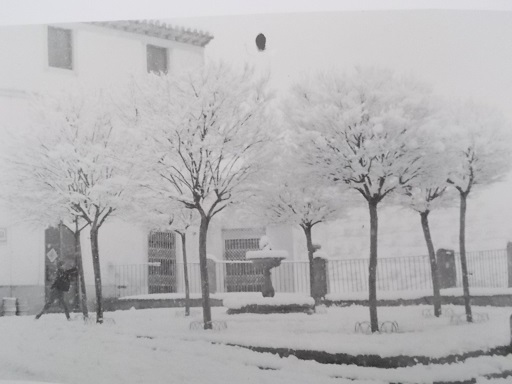
.jpg)
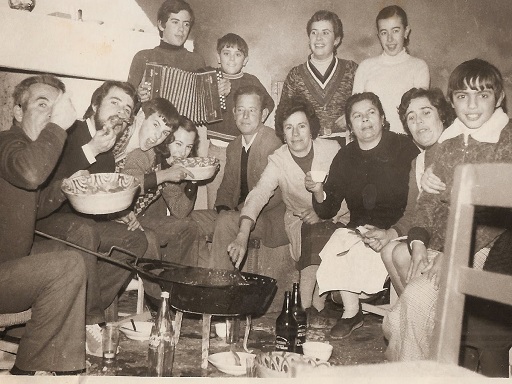
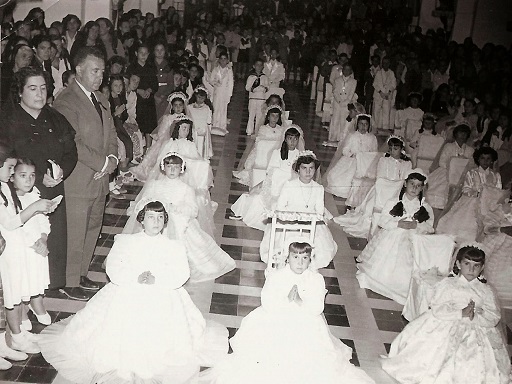
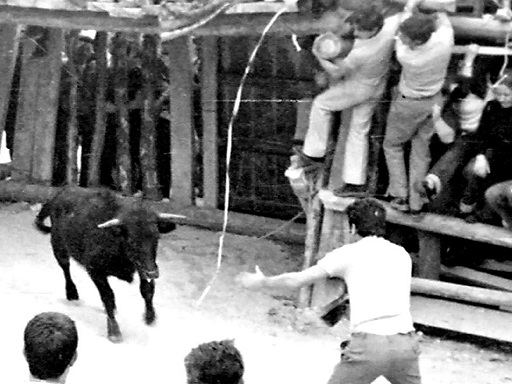
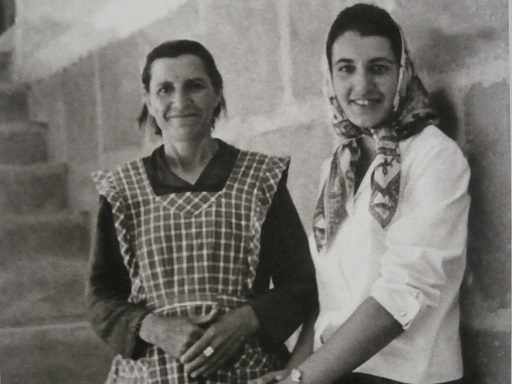
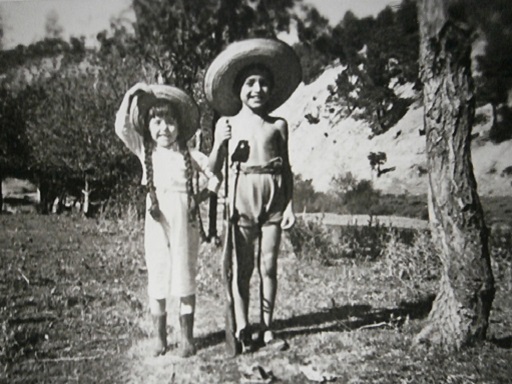
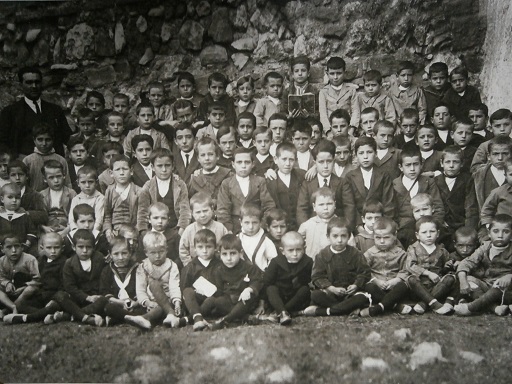
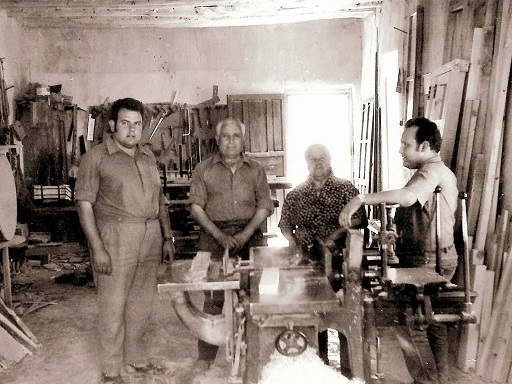
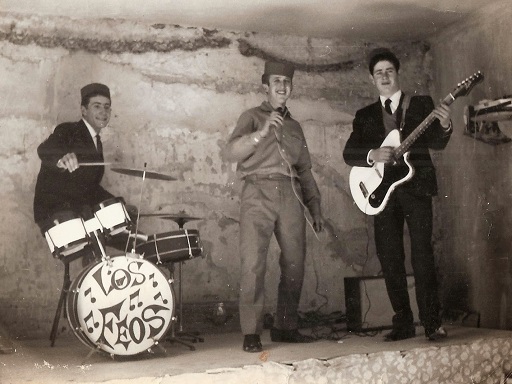
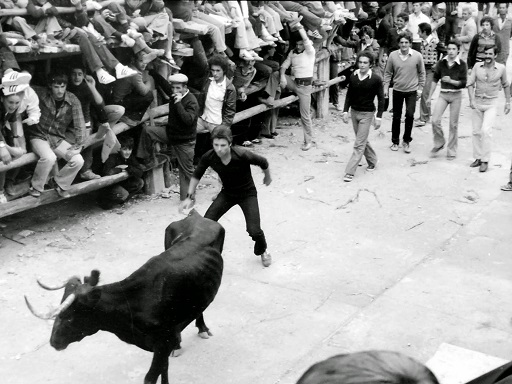

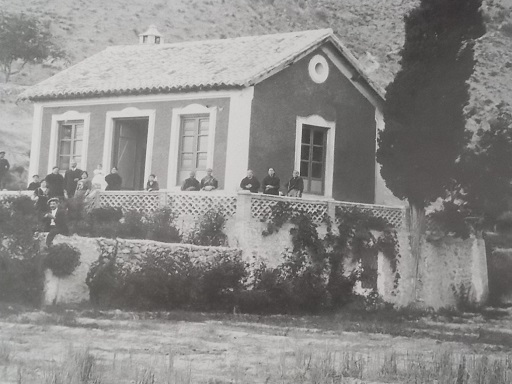
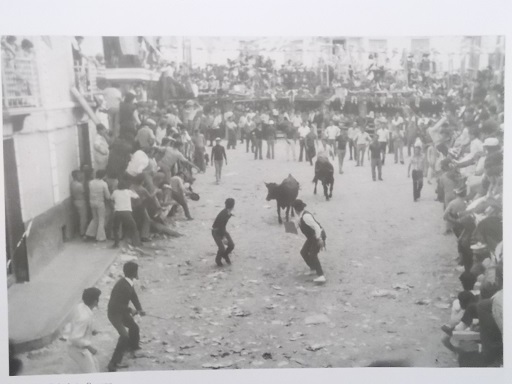

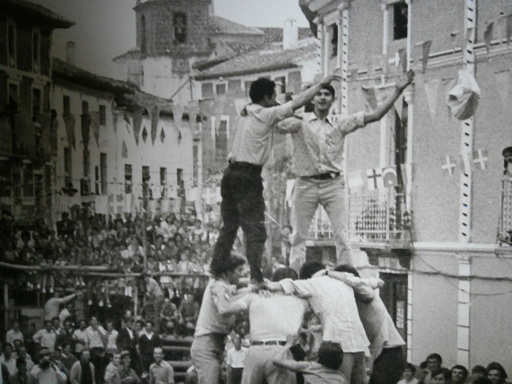

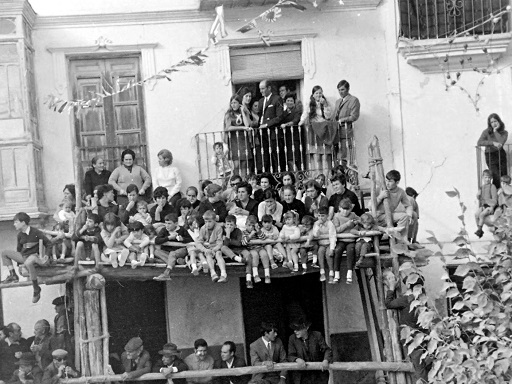
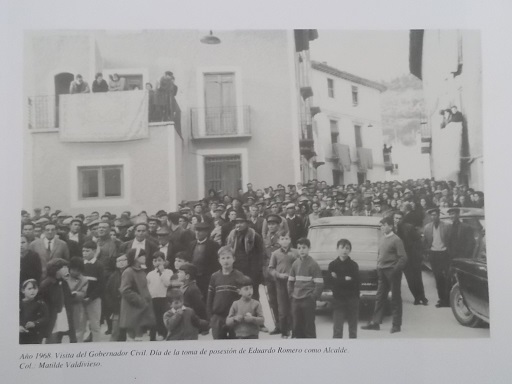
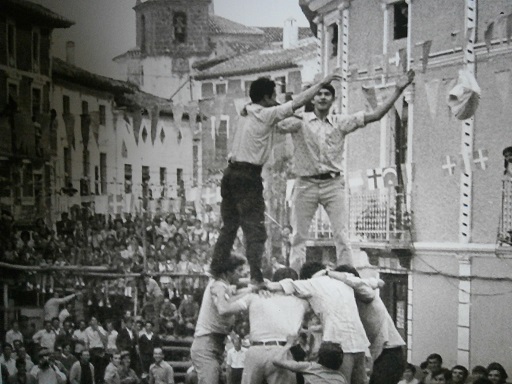
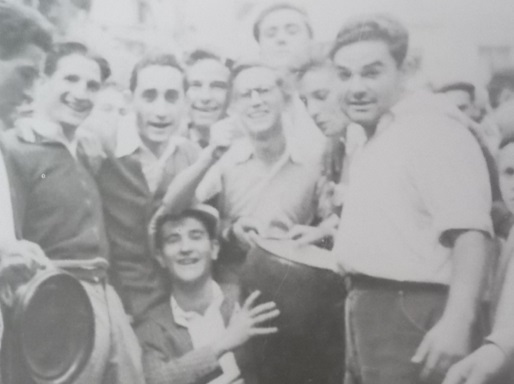
.jpg)
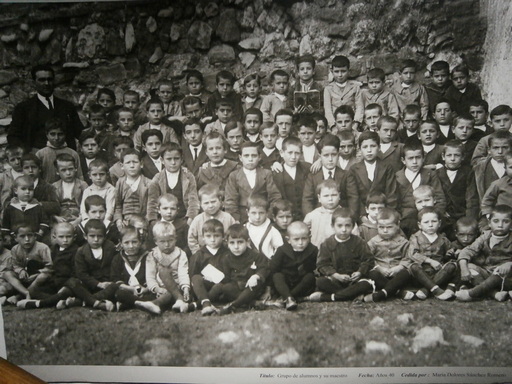
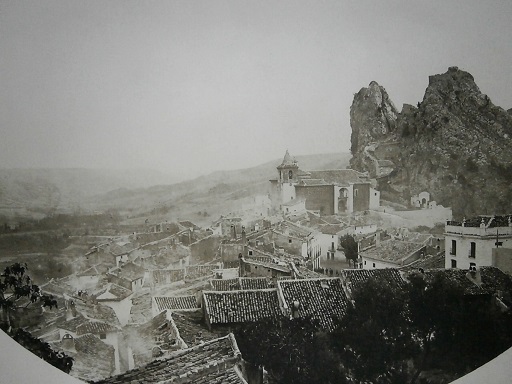
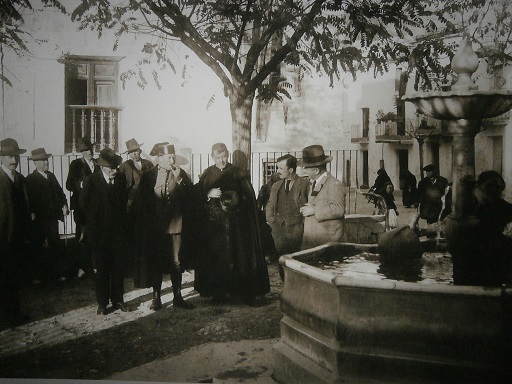
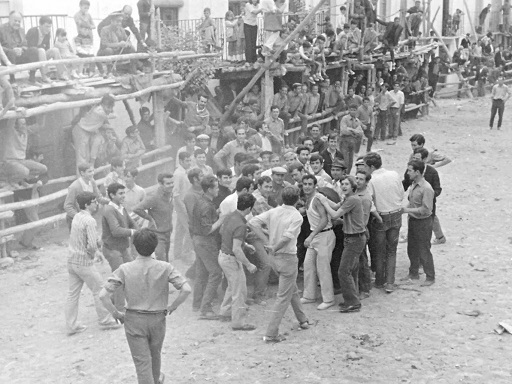


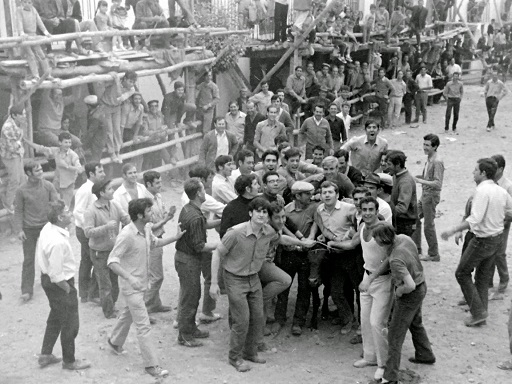

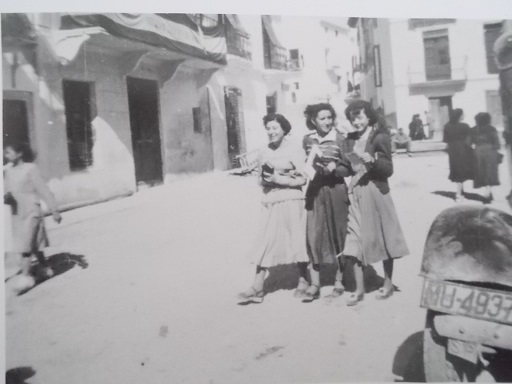
.jpg)
